
May Military History - Battle for Maleme & The Battle for Crete, "Operation Mercury", May 1941
BACKGROUND
The Greek Island of Crete is located in a key strategic position in the Mediterranean Sea, with airstrips and naval bases which would allow Allied forces to threaten German and Italian shipping throughout the area. Strategically, it was invaluable.
In October of 1940, the Italian Army attacked Greece without the knowledge of German High Command. British, Australian and New Zealand forces were dispatched to Crete to allow the Greek Fifth Cretan Division to re-deploy to the Greek mainland. After a few months of fighting, the situation looked bleak and the Italians requested intervention of German Forces to assist them. In April 1941, mainland Greece was overrun with 57,000 Allied forces evacuated from the country.
The issue of Crete was one of major discussion in German High Command. Operation Barbarossa (the invasion of Russia) was in full swing and the Royal Navy (and remnants of the Free French Fleet) controlled the waters around Crete - seizing control would be a major undertaking. Eventually, the Luftwaffe (German Air Force) convinced Hitler that an airborne invasion would seize Crete with little effort, and would open the Eastern Mediterranean and Northern Africa to future operations.
On the 20th May 1941, the German High Command began an invasion of Crete, dropping around 14,000 Fallschirmjäger (Paratroopers) en-masse as part of the first largely airborne led invasion in history. Previously, Paratroopers had been dropped in small groups to secure important bridgeheads or tactical areas, achieving some success during the invasion of Holland the year before. Due to several mistakes, however, the Luftwaffe lost numerous transport aircraft during this campaign.
ORBATS

On the 30th April 1941, command of Allied forces on Crete, Creforce, was given to Major-General Bernhard Freyberg. His forces were an amalgamation of Allied troops who were previously stationed to Crete, forces withdrawn from Mainland Greece and leftover Greek troops. As far as I can tell, the forces were re-organised as follows :
- 3 Battalions of the 5th Greek Division
- Heraklion Garrison Battalion
- 2nd New Zealand Division
- 19th Australian Brigade Group
- 14th Infantry Brigade of the 6th British Division
In all, there were around 40,000 combat personel defending Crete - all in various stages of readiness and equipment. Some divisions were forced to re-deploy soldiers who had previously deserted.
Large numbers of Fallschirmjäger were assigned to the operation, over 14,000 in all. Augmenting the operation were 15,000 Gebirgsjäger - German Mountain Commandos. The forces assigned to Operation Mercury were :
-
Fliegerkorps XI - 1st Fallschirmjäger Division, consisting of :
1st Panzerjäger Battalion, 1st Pioneer Battalion, 1st Flak Battalion, 1st Medical Battalion, 13th Nebelwerfer Company, 14 Panzerjäger Company
1st Fallschirmjäger Regiment, 3rd Fallschirmjäger Regiment, 4th Fallschirmjäger Regiment & 1st Artillery Regiment. -
22nd Air Landing Division :
Infanterie-Regiments 16, 47 & 65, Artillerie-Regiment 22; Panzerabwehr-Abteilung 22; Aufklärungs-Abeteilung 22; Feldersatz-Batallion 22; Nachrichten-Batallion 22 & Pionier-Batallion 22. - 5th Gebirgsjäger Division

THE PLAN
Initially, the plan for Operation Mercury was to capture key airstips on the Northern edge of the island with Fliegerkorps XI, swiftly followed by glider-borne reinforcements in the form of the 22nd Air Landing Division. However, due to pressure for the Luftwaffe to complete operations in Crete by the end of May, the plan was rushed. Several aspects were improvised - troops who were not trained in airborne assaults were assigned to the initial action. After much disagreement eventually Hermann Göring, head of the Luftwaffe, decided on a plan of attack. There were to be 3 major objectives for the initial drop : The airfield of Maleme; the airfield of Rhethymon & the airfield near Herakleion.
The invasion force was divided into 3 Battlegroups; Group Center (Codenamed Mars) under Generalmajor Wilhelm Süssmann, Group West (Codenamed Comet) under Generalmajor Eugen Meindl and Group East (Codenamed Orion) under Oberst Bruno Bräuer.
Group West was by far the largest of the Battlegroups - and was given the task of securing the area around Maleme. This is what I shall be focusing on in this article.
THE ACTION

At 08:00 on 20th May 1941, Paratroopers of the 1st and 3rd Fallschirmjäger Regiments landed near Maleme Airfield and Chania town, pushing East towards Maleme Airfield - which was held by the 21st, 22nd and 23rd New Zealand Battalions. Due to the jump being made in daylight, the members of Fliegerkorps XI had no cover when they came under fire from the Greek and New Zealand defenders, suffering many casualties while the drop was in progress. It is recorded by some sources that the Luftwaffe lost 7 aircraft during the drop alone.
After reorganising themselves, the members of Fliegerkorps XI pushed towards the airfield, clashing with the New Zealanders eventually forcing a breach of the Airfield's defences. While heavy fighting was underway, the second wave of attackers came in - this time a Gliderborne force from the 22nd Air Landing Force. It's difficult to accurately say who was fighting where, as the large amount of Flak and Royal Air Force fighters caused intense disruption to the Luftwaffe formations, with several Gliders being destroyed and even more missing their designated Landing Zones. As some managed to touch down safely, the now alert New Zealand troops stationed on Hill 107 began shelling the Landing Zones with mortars - nearly obliterating the Glider Troops.
After hours of fighting, a combined force from Fliegerkorps XI and 22nd Air Landing Force began to force the New Zealanders off of Hill 107, giving reprieve to the assaulting forces below. As the day drew to a close, German losses were severe. The 1st Assault Regiment lost 400 out of it's 600 men in III Battalion, for example.
Later that afternoon, the Allied defenders were forced to redeploy troops as a second wave of Paratroopers was dropped near Heraklion to the East. This landing was again viciously opposed, mostly by the 2nd Company of the 4th Australian Infantry Battalion.
As night fell on the 20th May, none of the immediate German objectives had been achieved.
Overnight, orders were cut to the 22nd New Zealand Infantry Battalion to withdraw from Hill 107. This left Maleme Airfield undefended. The beleaguered German forces took every advantage and swiftly secured the Airfield itself, digging in around the Airfield and nearby towns. Further reinforcements were flown into the Airstrip overnight - the 5th Gebirgsjäger Division.
The following afternoon, Freyberg ordered a counter-attack to retake Maleme Airfield during the night. The task fell to the 2nd Company, 7th Battalion of the 2nd NZD. Due to a lack of transportation, 2 Coy was forced to march the 18 miles to reach their stand-to positions. Hampered by the Luftwaffe, 2 Coy didn't make it to their staging area until 02:45. The counter attack began an hour later, but was repulsed due to intense activity from the Luftwaffe.
A final attempt to retake the airfield was launched on the 22nd May by 2 Battalions of reserves from the New Zealand Force - the 20th Bn of the 4th Brigade and the 28th Maori Bn of the 5th Brigade. The assault, planned to take place during the night, was again delayed until daylight - giving the now firmly entrenched Fallschirmjägers and Gebirgsjäges chances to expand their territory into the rocky and treacherous foothills surrounding to the South of the Airfield. After several hours, assaulting along the valley and up Hill 107 the attacking New Zealand forces were subjected to multiple overlapping Machine Gun emplacements and a fresh battery of artillery who had recently been landed at the Airfield.
The 20th Battalion and 28th Maori Battalion fought viciously, sometimes engaging in hand-to-hand fighting with the entrenched defenders and several times the defences along the valley were threatened. Eventually however, repeated attacks by Stuka Dive-Bombers broke the attackers, forcing them to withdraw. This withdrawal marked the end of fighting over Maleme, and marked a change in the defensive posture of Alied forces on the Island.

AFTERMATH

After the Battle of Maleme, Allied forces continued their resistance for several days, eventually evacuating from the Southern side of the Island from the 28th May to the 1st June. Due to rapid encirclement, many Allied soldiers were forced to surrender as Italian troops joined the assault forces.
The operation did not impress the German High Command as expected. Hitler remained convinced that Paradrops were not a viable means of attack, and instead ordered his Fallschirmjäger be re-deployed as ground combat forces, a role they maintained until the end of the war. Conversely, the Allies (and British especially) were struck by the lightning attacks the Fallschirmjägers and Glider Troops made, leading to the planning of large-scale Airborne landings seen over Normandy and Holland 3 years later.
Losses during the operation were substantial. British Commonwealth forces suffered over 3,500 killed, with a further 1,900 wounded and 12,000 captured.
German losses worked out at over 2,000 killed, 2,500 wounded and 17 captured. The Luftwaffe also lost over 280 aircraft.
PUTTING IT INTO PRACTICE
I'm going to focus on the intial assault on Maleme, using Stratis Air Base as a replacement for the Airfield itself. Players can either "drop" over the Airfield directly, or drop a little to the South, either way both DZs will be under scrutiny from Hill 97. A small garrison force on-top of the Hill with a pair of mounted MGs will prove a difficult challenge, similar to the one faced by Fliegerkorps XI as they landed.
Agia Marina makes a nice objective to clear as well, some close and dirty street fighting to round out the scenario.
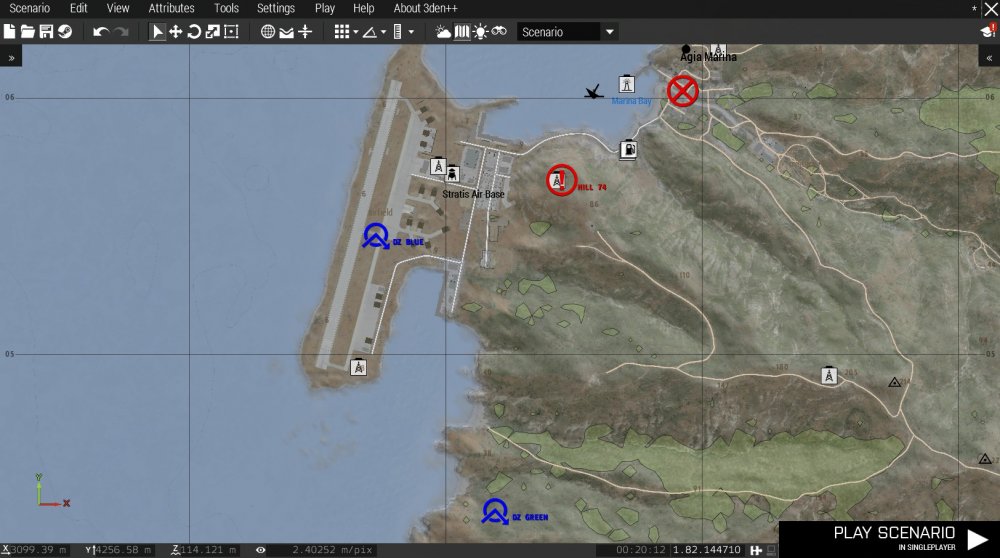
I recommend using the Chenaran Ground Forces. The maximum armour used against the players should be BTR-60s - remember the players won't be able to carry too much AT if they're parachuting in.
Thanks for reading, that's it this time - I hope it was informative and gave you some decent ideas!
-
 3
3
-
 2
2


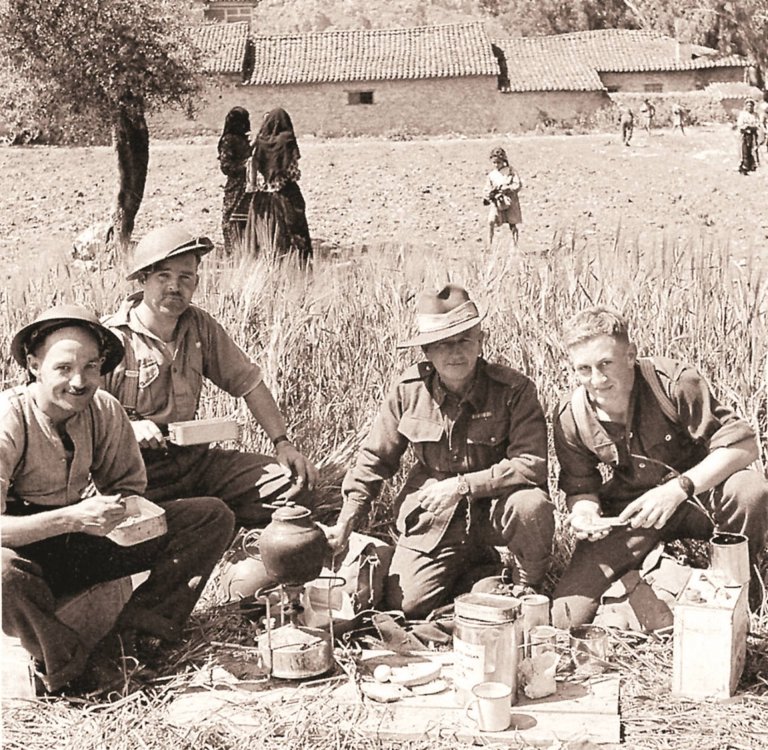
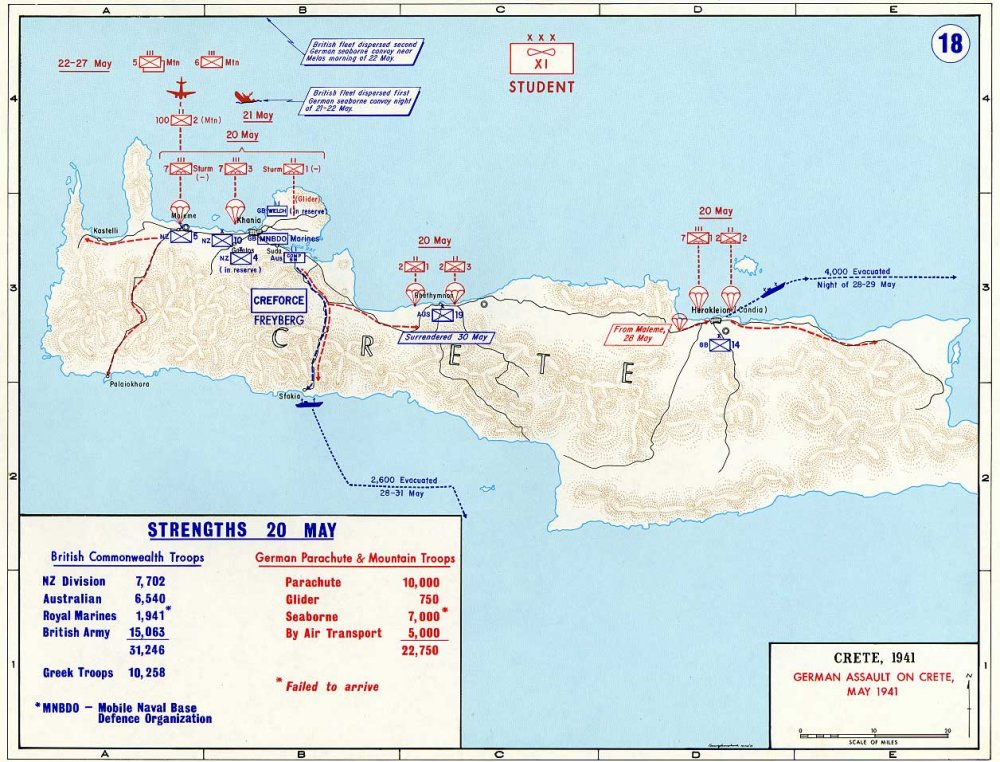
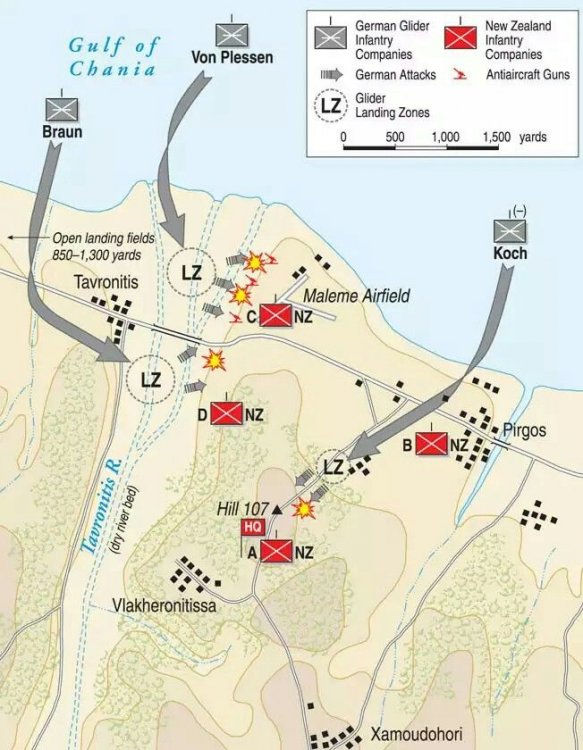
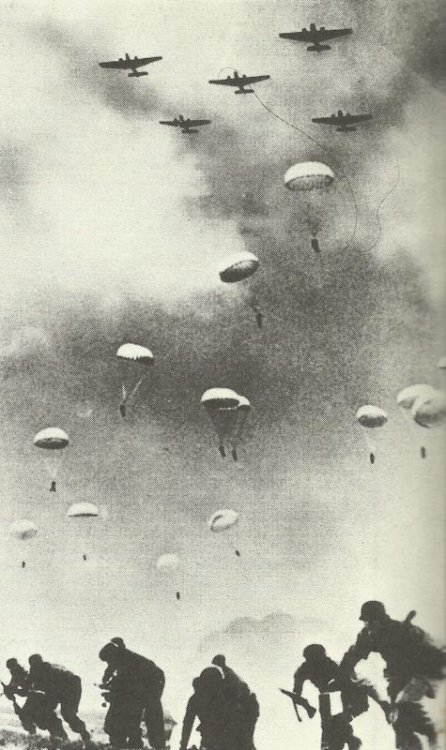
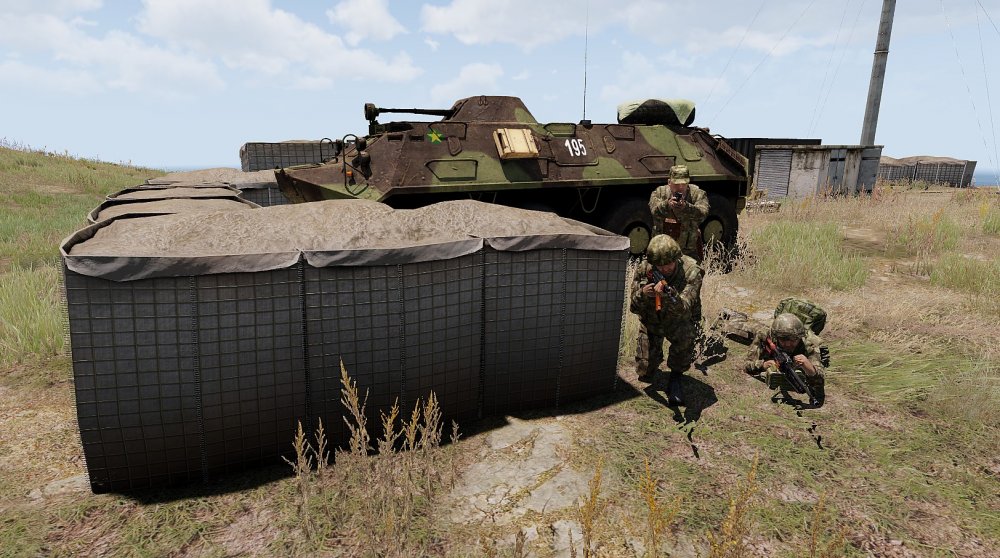
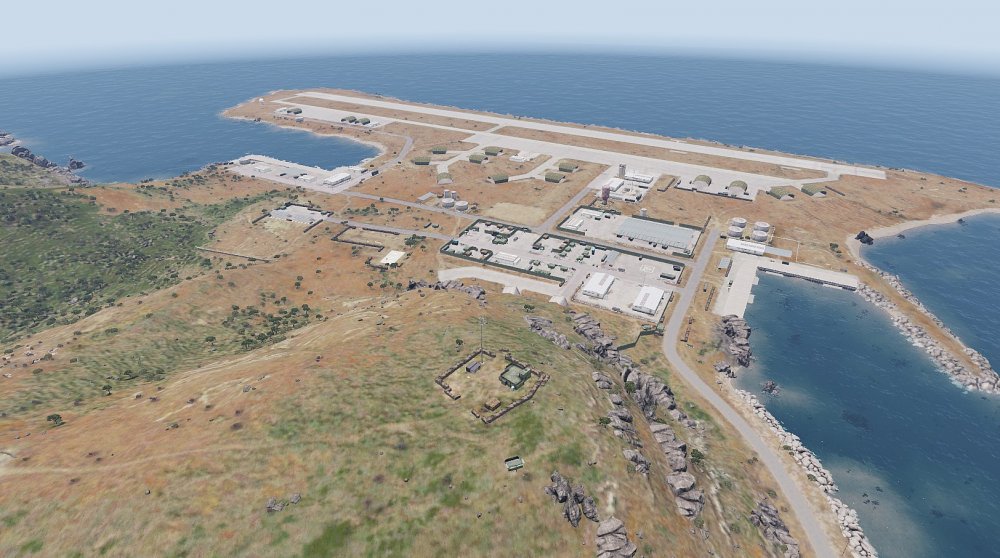
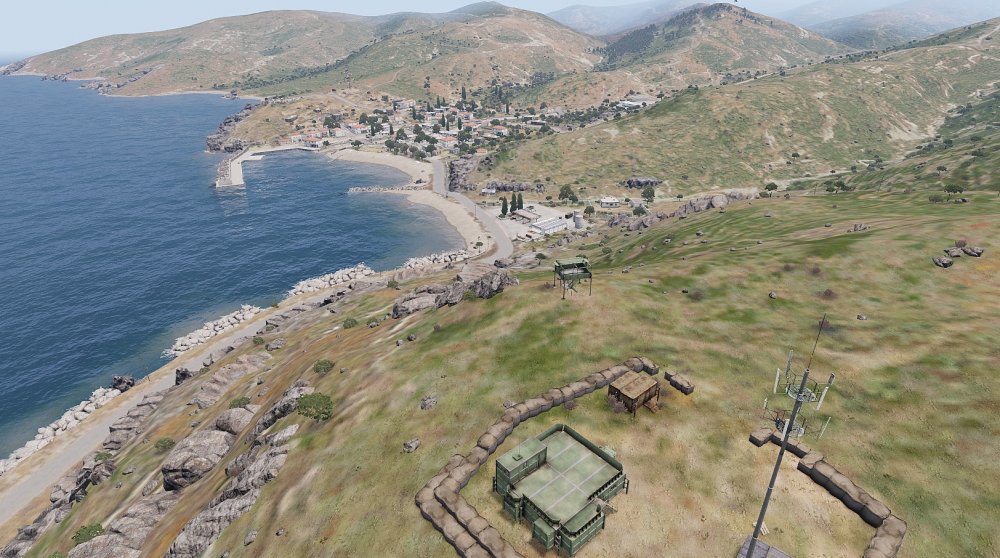



Recommended Comments
Join the conversation
You can post now and register later. If you have an account, sign in now to post with your account.
Note: Your post will require moderator approval before it will be visible.